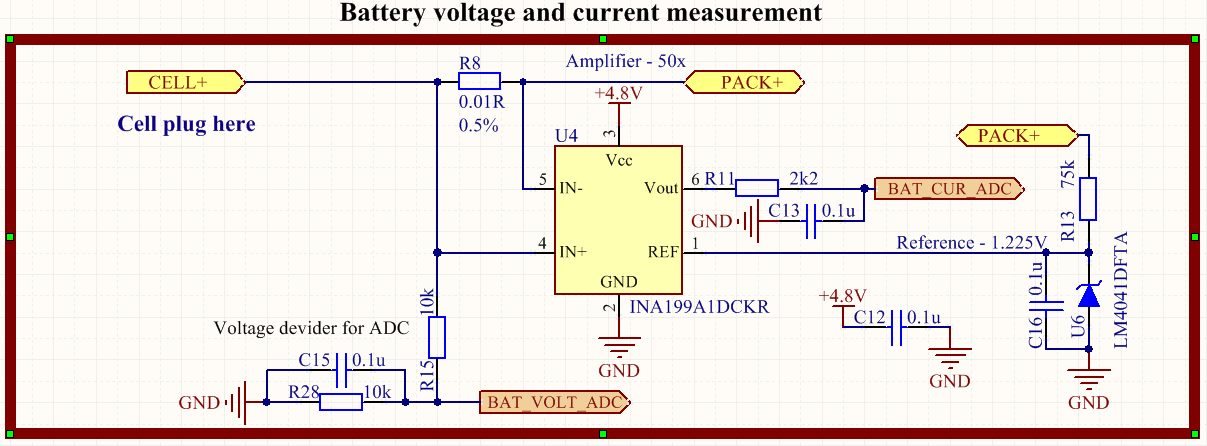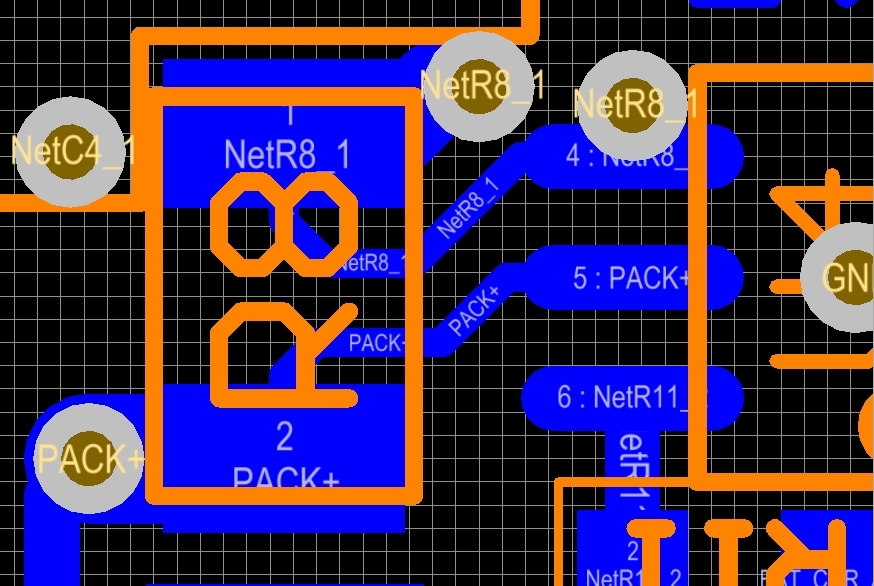Hello,
I have question about INA199A1DCKR and datasheet states that it's gain is 50V/V, but in my design I get 100V/V, maybe I do not understant something? My device trully is INA199A1, because I have checked device marking three times and it is written "OBG", that means it is 100% 199A1, not 199A2. I have attached my circuit . In both current flow directions INA199A1 amplifies 100 times, not 50 as stated in datasheet. I have 5 demo boards for prototyping and they all acts the same - can I trust that next devices 199A1 will have gain = 100, or it may be 50, 100, 200 depending on air conditions?
Thank You for help.




